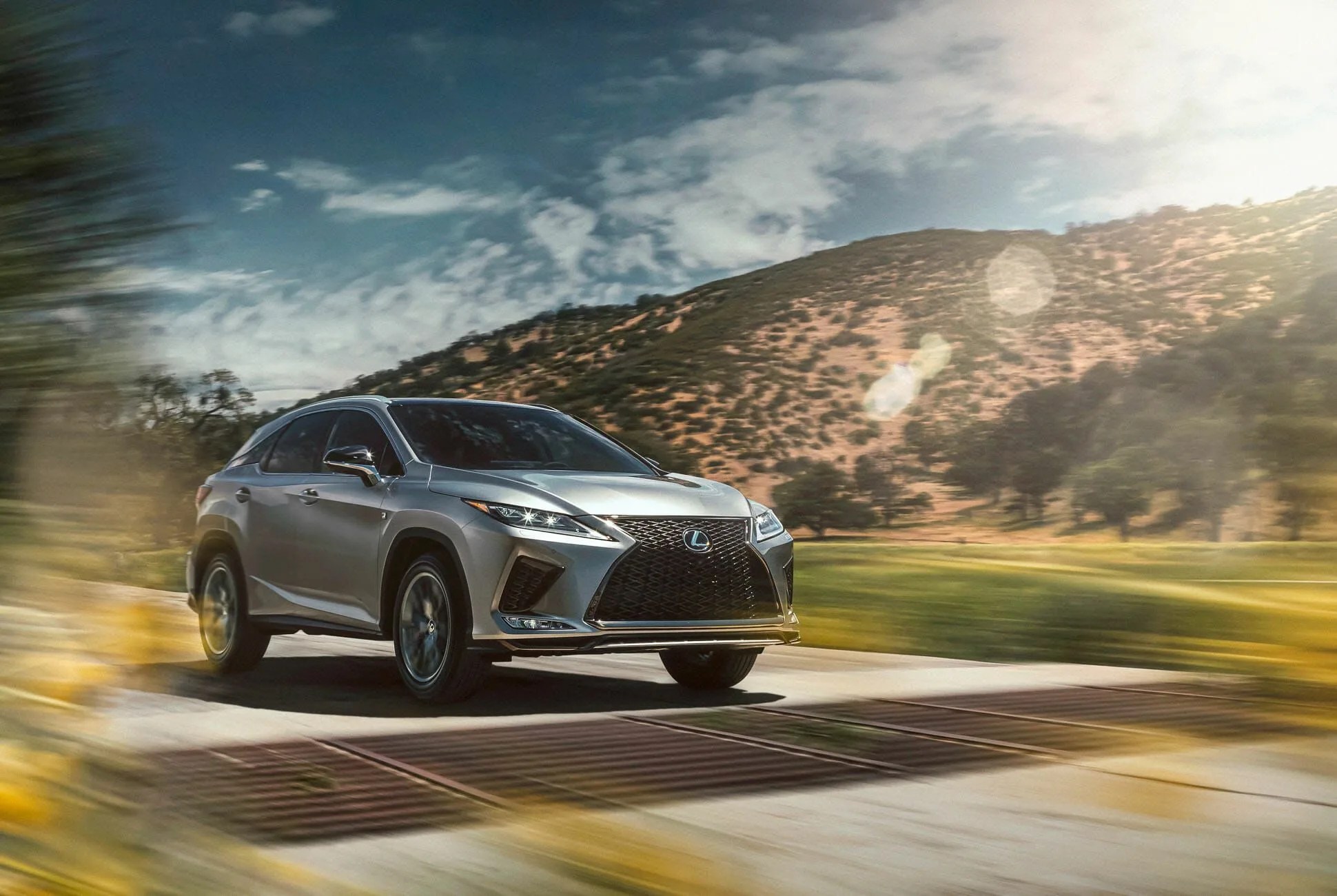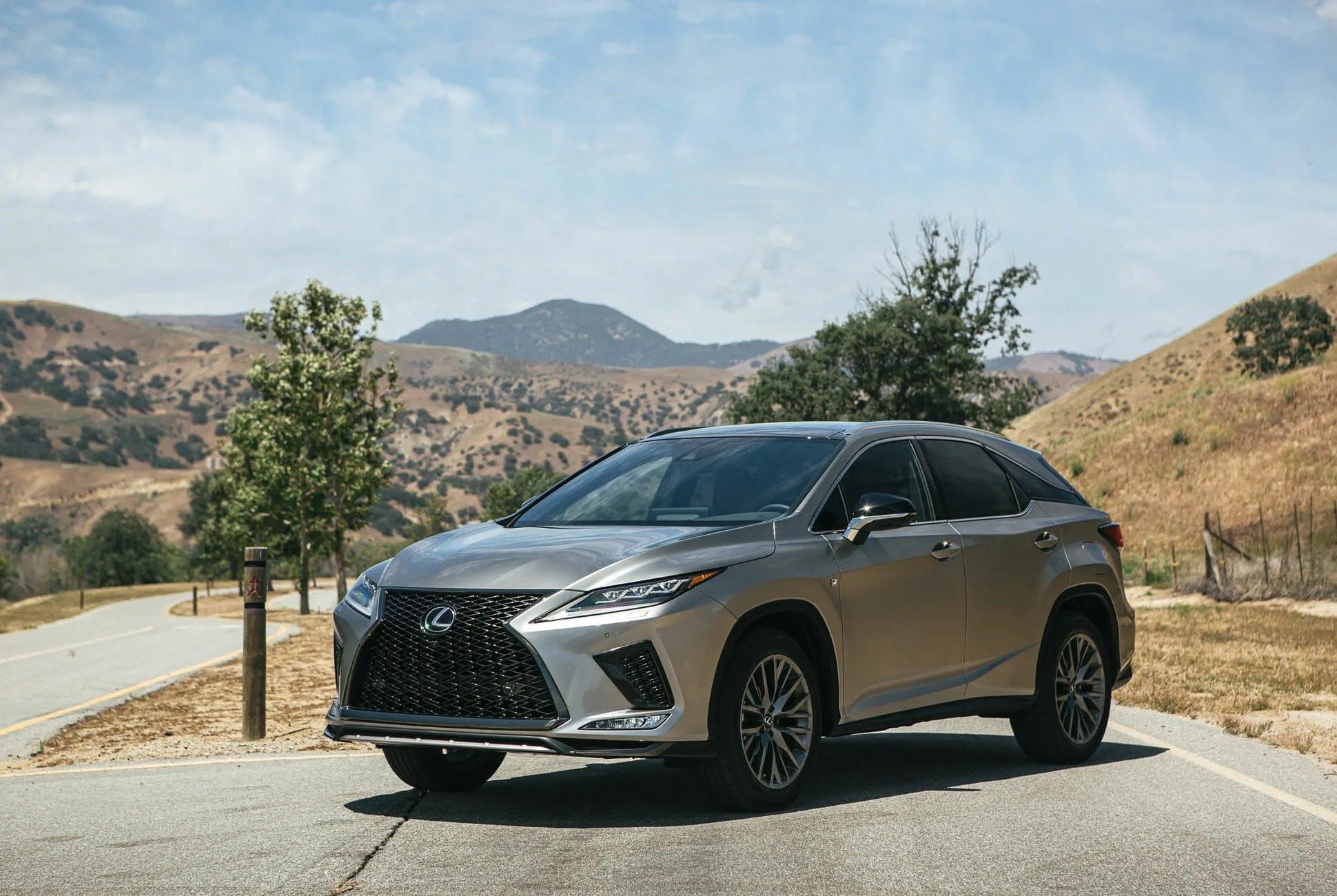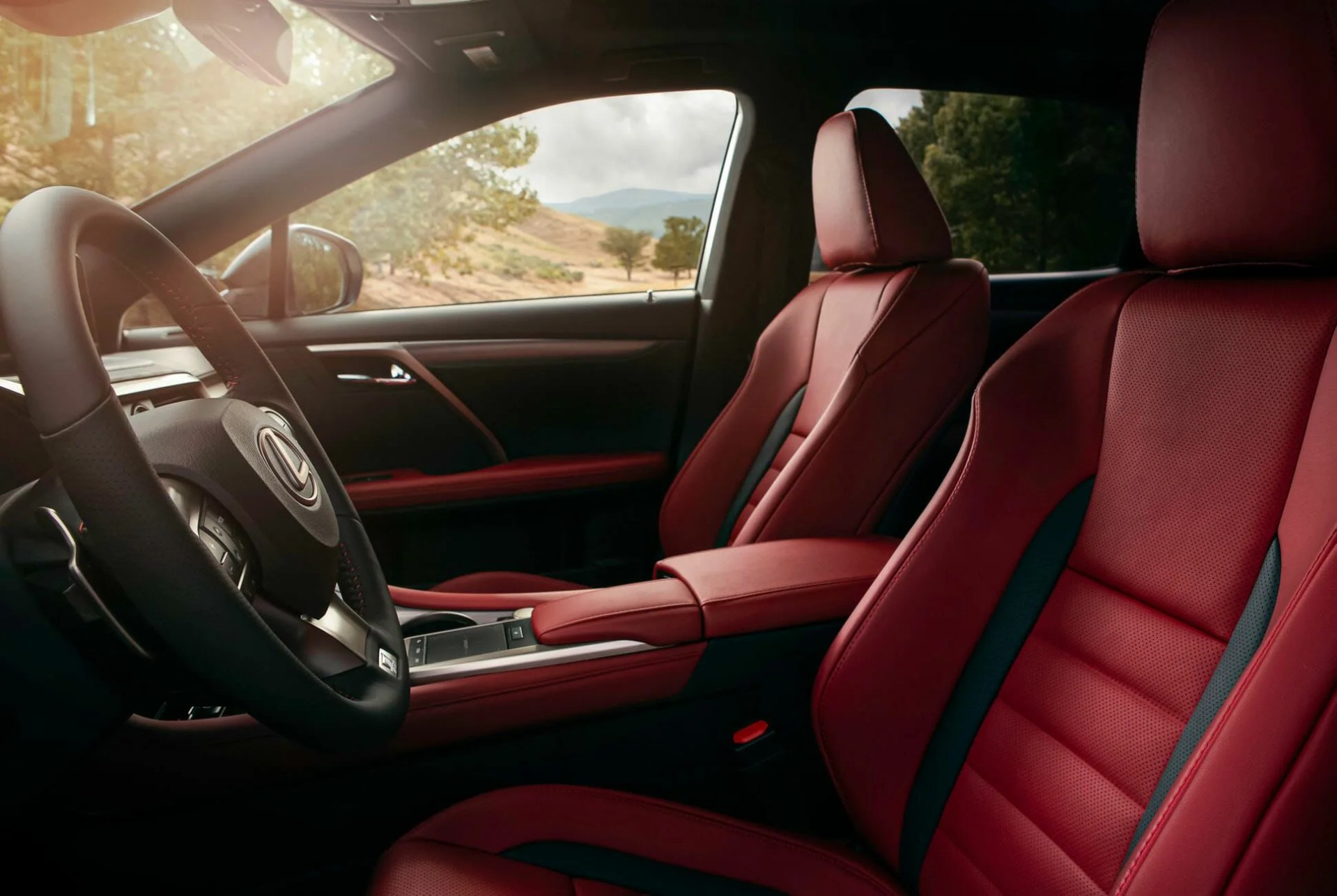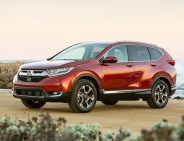5 photos
The Lexus RX is one of the pioneering members of the crossover class. The first RX went on sale in all its bright-eyed glory all the way back in 1998, a front-wheel-drive-based easy rider of an SUV designed to appeal to suburbanites who liked the idea of sitting up high but didn’t want the truck-like driving experience of a conventional sport-utility vehicle. As history has shown, that turned out to be a pretty smart move.
Not surprisingly, then, the RX has been one of Lexus’s best-selling vehicles ever since, flying out of showrooms over the course of the last couple decades by the literal millions. And it shows no signs of stopping: last year was nearly the best yet for the RX in the United States. Still, while Lexus may not be the quickest on the trigger when it comes to updating its models, the RX’s status as a big seller means it’s unlikely to be the last to score a facelift. So seeing as how the carmaker gave it a mild mid-life refresh last year, we took it out for a week to see how this O.G. crossover is holding up in its latest form.
The Lexus RX looks ridiculously aggressive (and we’re into it)
If the cutesy little first-gen RX 300 turned a corner and came face to face the 2020 RX 350 F Sport, it’d probably honk its horn in surprise and leak oil in fear. Lexus’s trademark spindle grille, squinting headlights and ginsu-edge lines give it the sort of sex appeal you don’t expect to find in this category — and especially not from Lexus.
It makes the RX look smaller than it is in real life, though that’s not to suggest it’s gargantuan; rather, it’s right in the Goldilocks zone for a two-row SUV, with decent room for both rows of occupants and a body that doesn’t require panicked searching for a plus-sized parking spot. (The three-row RX 350L, however, is best left ignored, as its last set of seats are barely adequate for anyone over child-seat age.)







